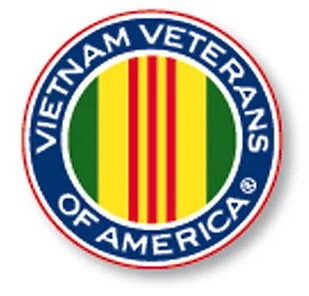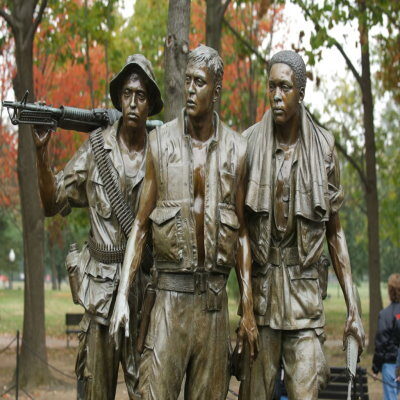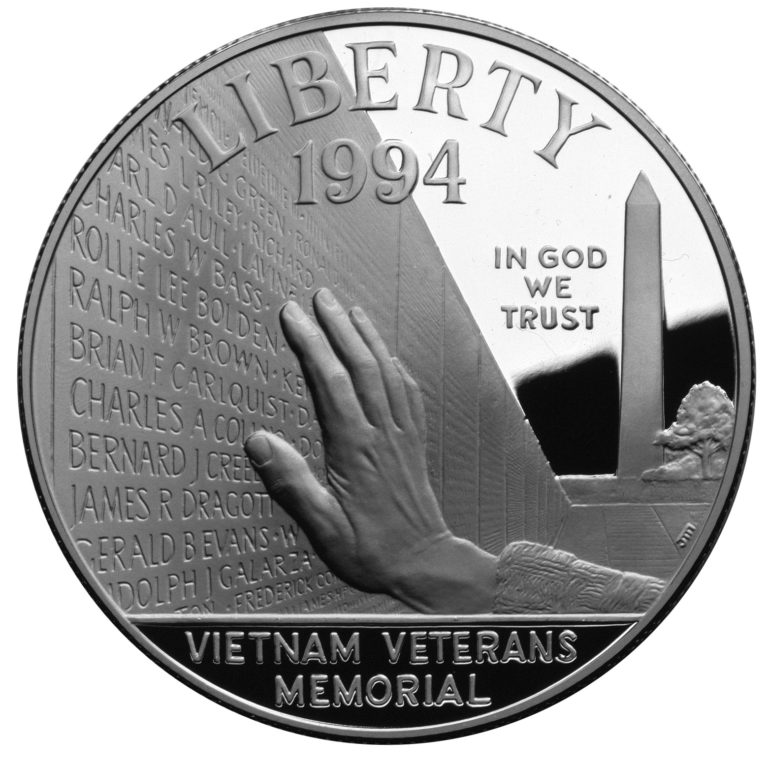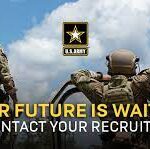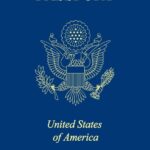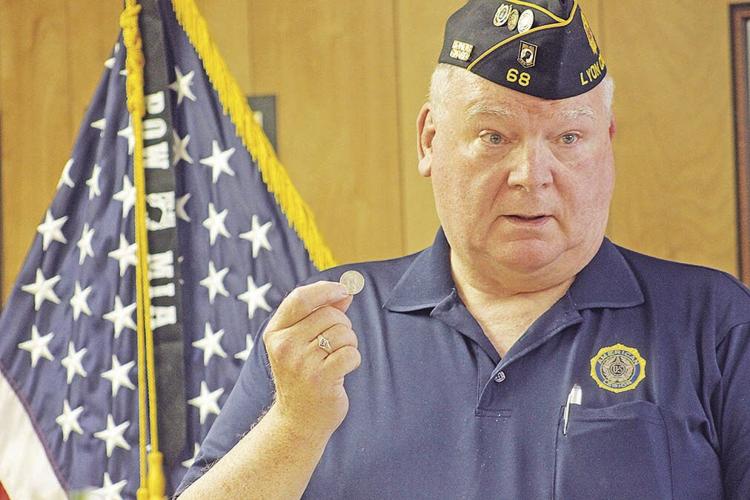
MURRAY — Anyone who has visited the Vietnam Veterans Memorial — known to many as simply “The Wall” — in Washington, D.C. knows exactly what Fred Ahrens was discussing Monday during a Memorial Day ceremony in Murray.
The adjutant for Billy Lane Lauffer American Legion Post 73 of Murray, Ahrens used his segment of the program to explain what has come to be known as the “Coin Code” among America’s Vietnam War veterans, of which Ahrens is one. This explains why a visit to the long, black granite wall that resides on the National Mall of the nation’s capital usually results in seeing numerous coins having been left at the wall’s base.
It is the veterans’ way of saying goodbye to their military brothers … silently. Ahrens explained why Monday at Post 73’s headquarters.
“You’ll notice coins, because we couldn’t publicly acknowledge our fallen dead from our war,” said the U.S. Air Force veteran, who talked of how he returned to his homeland and found a country he did not recognize.
“Up through World War II and Korea, military members were honored and respected persons because they (were serving) for their country and their life. Then came the Vietnam War and the world opinion of us and the national opinion of us changed dramatically.
“I remember coming out of the Philippines in full dress blues a wonderful, happy staff sergeant. Upon landing at the airport, I’m met by a military policeman who asked, ‘Do you have any civilian clothes?’ I said, ‘No, I don’t.’ And he said, ‘Come with me to the USO, give them your size. You can’t walk the streets in uniform. You’ll be beaten up.’”
This was confirmed upon his return home. His parents told him, yes, it was true that soldiers were being attacked in their own country. However, Ahrens said one thing came to the front of his mind, and it had nothing to do with going incognito to prevent an anti-war protester from instigating trouble with him.
“How are we going to honor Vietnam dead … those of us who were our buddies?’” he said. The Coin Code was the answer.
One by one, he explained each coin and what was represented.
“You see a penny and that says, from one veteran to another, I have been here,” he said. “I feel your pain. I’ll see you again.
“You see a nickel, well, that means you and I served in training, whether it be basic training, advance skills training, but we were trained together in the same way.
“You see a dime, it means I was in the same unit as you. I knew you more personally. You were my buddy. You were my backup or I was your backup. You were the guy I shared a cup of coffee with in the morning, then I lost track of you.
“If you see a quarter, I am the guy that was with you when you were killed. I am the guy that brought you out because, in Vietnam, that was were we really began to practice the slogan ‘No one left behind.’ And we tried to get them out. We tried real hard to fly them out … the bodies, the wounded. So if I was part of that process, I left the quarter behind.”
And even though things have improved significantly for America’ s Vietnam veterans since the days Ahrens was serving, the code is still in effect today.
“You talk to the guardian rangers or guardian park rangers of the memorial, they’ll tell you that, once a week, they pick up the coins. In the case of the Vietnam Memorial, they have raised over $1.5 million that is used by the park department, not only to maintain the memorial, but it is also used for the costs of the traveling Vietnam Memorial,” he said.
Credits / Original Story Link:
Story by By JOHN WRIGHT • jwright@murrayledger.com / murrayledger.com


